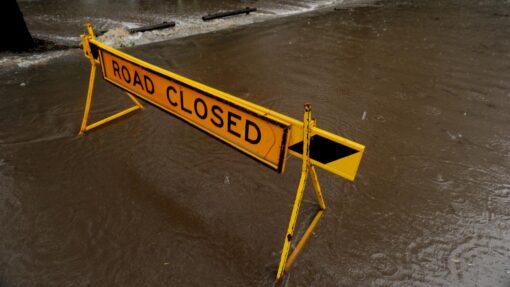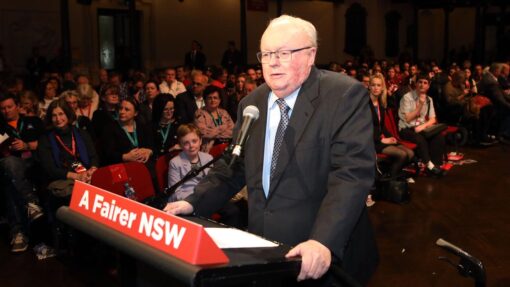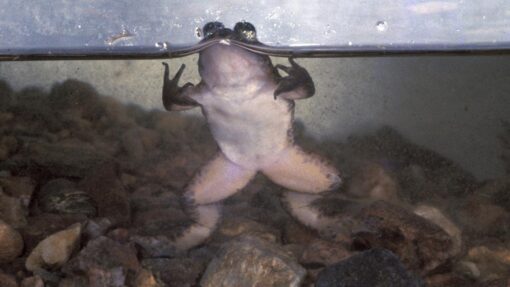Warmth tipped to flow east from heatwave scorching WA
Melissa Meehan and Keira Jenkins |
Parts of the country are sweltering through high temperatures as a heatwave moves east after scorching Western Australia.
Warm conditions are tipped on Monday for northern South Australia, southern parts of the Northern Territory, and Queensland, while temperatures in the mid-30s are expected later in the week for Victoria and NSW.
The Bureau of Meteorology’s Dean Narramore said WA’s Pilbara region is looking at severe to extreme heatwave conditions, with temperatures of 48C to 49C expected.
“We could even see 50C around the Pilbara, but whether that hits one of our official observation stations, is not certain,” the senior meteorologist told AAP.
Those conditions mean large parts of the mainland are going to be subject to low-intensity heatwave conditions, Mr Narramore said.
The hottest Australian temperature ever recorded was 50.7C in the Pilbara town of Onslow on January 13, 2023.

Onslow is located in the Shire of Ashburton, where president Audra Smith says residents are accustomed to extreme temperatures and weather over summer.
Ms Smith spoke to AAP from the town of Tom Price on Saturday morning, when the mercury had already tipped 44C.
“We do generally go up to the mid-40s quite often but when it goes over that and closer to 50C it is a different heat,” she said.
“So we are mindful that it’s dangerous out in the heat and people mostly stay indoors and stay hydrated and try to look after one another, especially the elderly.”
Southeast Queensland temperatures are expected to climb to the high 30s to low 40s in the coming days, and residents have been asked to look after vulnerable people including the elderly, young children, and pregnant women.
“Ensure that we keep up our water intake … try to stay out of the direct sunlight in the middle of the day,” Queensland Ambulance Service’s Matthew Hannabery said.
“Seek cooler areas such as (in) air conditioning or inside houses where it’s nice and shady, if you need to use cold compresses just to try to stay cool.”
AAP


